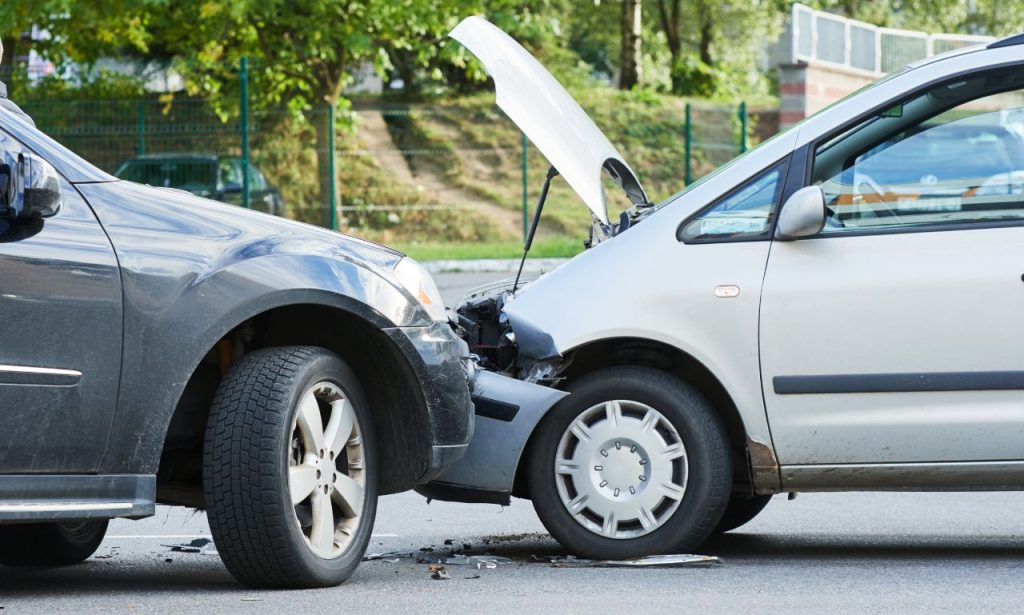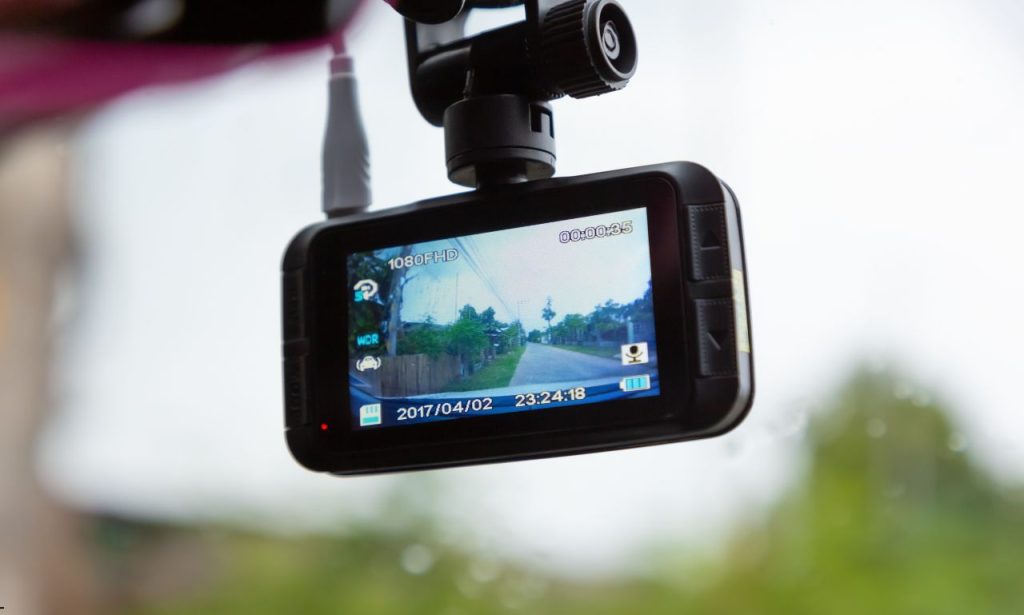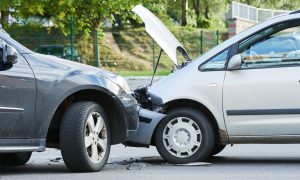Car accidents can turn lives upside down in an instant. In recent years, drivers worldwide have adopted dashboard cameras to capture what unfolds on the road. These compact devices record high-definition video and, in many cases, audio as well. In this article, we will examine the legal landscape surrounding dashcam footage, explore privacy concerns, and discuss its admissibility in court. We will then delve into how dashcams serve as evidence in accident claims, discuss best practices for installation, and highlight effective data management strategies. Along the way, we’ll share real stories and practical guidance to help you leverage dashcams effectively.
Ever wondered how a split-second recording can tip the scales in your favor? Keep reading to learn why dashcams matter.
Legal Landscape for Dashcam Footage
The rise of dashcams has prompted lawmakers to clarify their legal status. Different jurisdictions treat recorded footage in varying ways. Some regions fully embrace dashcam evidence, while others impose restrictions on the capture of audio or video. Understanding these rules is critical for anyone relying on dashcam data to support an insurance claim or personal injury lawsuit.
Privacy Concerns and Legal Restrictions

In many countries, privacy laws govern who can record conversations or public spaces. For example, Germany restricts video recordings where individuals have a reasonable expectation of privacy, such as inside homes or private properties. That’s why drivers should turn off interior audio recording when passing through such zones. In Canada, legislation varies by province, but most require at least one party’s consent to record audio. By contrast, recording public roadways generally falls outside these limitations.
Users must also consider data protection regulations, such as the GDPR, in the European Union. Under GDPR, personal data includes identifiable video recordings of individuals. Companies that store or distribute dashcam footage may need to register as data controllers. Failure to comply can result in substantial fines. When in doubt, consult a legal professional familiar with the privacy laws of your region.
Admissibility in Court
Courts often view dashcam footage as highly persuasive evidence. In the United Kingdom, a 2021 survey by the Association of Personal Injury Lawyers found that 65% of claimants with dashcam footage secured higher settlements than those without. U.S. courts likewise accept dashcam clips, provided they meet chain-of-custody requirements and are free from tampering.
The chain of custody begins at the point of capture. Ideally, the device’s internal clock timestamp should sync with GPS data for verification. After capture, store the original file on a secure, read-only medium to prevent alteration. Some jurisdictions require notarized affidavits confirming authenticity. A well-documented chain of custody can make or break a dashcam-based claim.
Expert witnesses, such as accident reconstruction specialists, can authenticate footage by analyzing it frame by frame. They look for indicators such as timestamp integrity, the absence of editing, and matching environmental factors (weather, traffic signals). Their testimony bolsters the footage’s credibility and helps judges or juries understand complex sequences of events.
Dashcams as Evidence in Car Accident Claims
Dashcams do more than record collisions. They capture reckless behavior, document witness interactions, and create a factual record that withstands scrutiny. Let’s examine how this evidence influences claim outcomes.
Capturing Reckless and Dangerous Driving
A dashcam not only records the collision but also the moments leading up to it. With high-resolution video, insurance adjusters can assess whether the at-fault driver was speeding, weaving, or ignoring traffic signals.
Real-world data underlines this benefit. A 2022 report by the National Safety Council in the U.S. revealed that dashcam footage helps insurers reduce fraudulent personal injury claims by up to 30%. By observing the entire event unfold, adjusters can distinguish between deliberate exaggerations and genuine injuries. This clarity often translates into faster claim resolutions and fairer settlements.
Footage may also reveal critical details, such as skid marks, brake lights, or the sequence of indicator use. In multi-vehicle collisions, dashcams from different cars can piece together a comprehensive timeline. This mosaic of angles can establish fault more precisely than single-source reports.
Supporting Witness Testimonies
Eyewitness accounts can be unreliable. Stress, shock, and vantage points affect human perception. A dashcam’s continuous recording, however, provides an objective narrative. In one California case, a pedestrian’s sudden dash across a parking lot led to conflicting stories between the driver and the pedestrian. Video evidence settled the dispute within minutes, avoiding lengthy depositions and costly expert fees.
Insurance companies value dashcam recordings because they reduce dependency on testimonies that may contradict each other. When footage aligns with your account, it strengthens your credibility. That alignment can also pressure opposing parties to settle quickly rather than risk unfavorable trial outcomes.
Defense attorneys might attempt to undermine witness credibility, but backing statements with clear, timestamped video makes rebuttals far more challenging. With a coherent record of events, your legal team can focus on negotiating rather than fact-finding.
Despite their strengths, dashcam recordings raise legal complexities. Admissibility hinges on proper preservation and the ethical use of evidence. Tampered or selectively edited videos face skepticism or outright exclusion by courts. Some insurers impose guidelines on how dashcam footage is submitted. For example, they may require original file formats rather than compressed exports to preserve metadata integrity.
While it may be tempting to clip dramatic moments for social media, those edits risk undermining your claim. Instead, always preserve raw recordings and maintain backup copies in a secure storage location. When sharing footage with your lawyer or insurance adjuster, provide full-length files to avoid suspicions of selective editing.
Interactive Prompt: Have you ever edited footage before submitting it? Consider avoiding that step to maintain credibility in disputes.
Legal Guidance and Representation
Securing proficient legal support can maximize the value of dashcam evidence. Personal injury lawyers and insurance adjusters each play unique roles. Legal professionals often guide clients through complex procedures, such as depositions, mediations, and trial preparation, ensuring that dashcam footage is leveraged effectively.
A skilled attorney will review the dashcam’s capture settings, file logs, and metadata to ensure the evidence is admissible. They can anticipate challenges from defense counsel, such as claims of altered timestamps or unauthorized recording. That foresight helps your team prepare authenticating experts in advance.
When selecting legal representation, look for professionals with experience in technology-driven evidence. Some firms specialize in motor vehicle collision claims and routinely work with digital forensics experts. Their established protocols streamline evidence handling, reducing delays and boosting settlement potential.
Proper Dashcam Installation and Data Management

A high-quality dashcam only delivers value if it is installed and managed correctly. Proper placement, power supply, and data handling all factor into admissibility and reliability.
Importance of Correct Installation
Begin with placement. Dashcams should be positioned behind the rear-view mirror, avoiding obstruction of the driver’s sightlines. Use manufacturer-approved mounts to minimize vibration and ensure stable footage. Some devices include suction or adhesive mounts; choose the option that best suits your windshield material and climate conditions.
Power management is equally vital. Hardwiring dashcams to a vehicle’s fuse box enables continuous operation, even when the engine is off. This feature, known as parking mode, records incidents such as hit-and-run collisions that occur after hours. Battery-powered units may suddenly shut off, losing critical footage.
Regular firmware updates from manufacturers fix bugs, enhance video quality, and add features like GPS logging. Ignore updates at your peril. Outdated firmware can introduce file corruption or metadata errors, jeopardizing evidence integrity.
Managing and Securing Data
Data management begins with file transfer. Immediately after an incident, offload recordings to a separate device. Preferably, use encrypted external drives or secure cloud storage. Doing so preserves original files if the dashcam is damaged or stolen.
Adopt a naming convention that includes date, time, and location. For instance, a file named 2025-06-20_14-30_MarketSt_Collision.mp4 facilitates quick retrieval during legal review. Maintain an incident log that records device settings, environmental conditions, and any relevant witness notes.
Encryption and access control protect privacy. If your dashcam footage captures sensitive personal data—such as faces, license plates, or private property—use password-protected archives. Share decryption keys only with authorized parties, such as your attorney or insurer. This approach aligns with data protection mandates and safeguards you against unauthorized access.
Regular backups are non-negotiable. Schedule weekly transfers of all footage to an offsite storage location. Use automated scripts or cloud sync tools to ensure consistency. Doing so prevents accidental loss of critical recordings in the event of hardware failure.
Conclusion
Dashcams have evolved from novelty gadgets into essential tools for fair and efficient claims of accidents. They document events with clarity unmatched by written reports alone. When used responsibly—by respecting privacy laws, maintaining file integrity, and seeking professional guidance—dashcam footage can tilt insurance negotiations and court decisions in your favor.
Have you taken steps to optimize your dashcam setup? A small investment in proper installation and data management today can save countless hours and legal fees tomorrow. Embrace this technology and drive with confidence, knowing that you possess an objective guardian on your dashboard.
ALSO READ: What are the Challenges and Solutions to Public Records Requests in a Digital Age?
FAQs
Yes. Courts generally accept unaltered dashcam footage if the chain of custody is documented. Expert testimony may be required to verify authenticity.
Rules vary. In many regions, recording public roads is permitted, but interior audio or private spaces may require consent. Check local laws before use.
Store footage for at least six months or longer if you expect ongoing legal proceedings. Regular backups help prevent data loss.
High-definition video, accompanied by timestamps and GPS data, strengthens credibility. Proper installation and secure storage bolster admissibility.
Engaging a legal professional familiar with digital evidence can maximize settlement value. They ensure technical and legal requirements are met.




